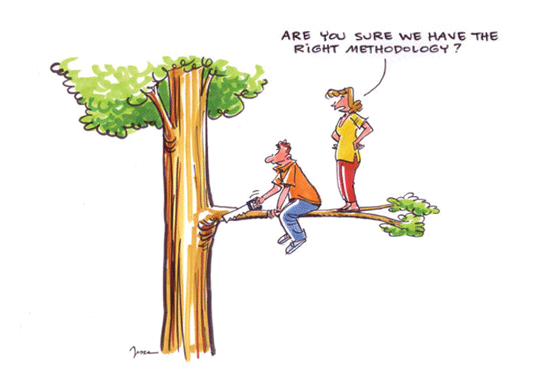I was recently asked two questions:
- what is our general methodology?
- How do we differ from other organizations?
In this post I am going to address the first of these questions. A near future post will answer the second.
 This got me thinking – we need to flesh out the methodology more. This will be a subject we can explore in future podcast episodes as well as our upcoming video series. However, I would sum up our methodology as we have practiced it for more than 6 years is: “what are the facts?”. A witness report creates a context: a place, a time, certain persons, a direction and angles of view, and a set of observations. The question is: what else do we know about that context?
This got me thinking – we need to flesh out the methodology more. This will be a subject we can explore in future podcast episodes as well as our upcoming video series. However, I would sum up our methodology as we have practiced it for more than 6 years is: “what are the facts?”. A witness report creates a context: a place, a time, certain persons, a direction and angles of view, and a set of observations. The question is: what else do we know about that context?
For example, if a witness reports they saw a bright light in the sky at night, we first ask the question: what bright lights should she have been able to see? What were the weather conditions? What planets and bright stars were above the horizon? Where are the aviation corridors and airports in that area? Are there Military Operations Areas (MOAs) nearby? What satellites were passing overhead and were any of them predicted to be flaring? All these are verifiable facts that we can use to rule out a wide range of common phenomena that are often confused for anomalies.
When we have learned every fact we can about the report, a clear picture may or may not emerge. We may need to dig deeper, and speak to the witness a second or even third time. Were there other witnesses? Was anything reported to the FAA or local police? What, if anything, do we know about similar sightings? The digging that is needed will depend strongly on the particulars.
If an explanation emerges from this, than we can close the report as identified. Experience teaches that many witnesses are happy to know that what they saw could be explained, but others are adamant that what they saw proves the reality of an alien presence and aren’t interested in our explanation.
If no unambiguous explanation emerges, we close the case as unidentified, but there are many unidentified cases that are simply not all that strange, and quite possibly would admit to explanation if only we had more information. That is why our Strangeness rating is important. An unidentified case with low strangeness just isn’t all that interesting. The small highly strange subset deserves more attention.
Of course, anyone can make up a strange story, which is why probability is also important. As discussed in a previous post, we have flexible guidelines for evaluating the probability of a report. With this in mind, I lean towards thinking that whether or not we identify the source of the report isn’t all that important. If it’s not strange at all, it might as well be “identified.”
Reading back over this, it’s clear to me we need more thinking about methodology, but thinking rooted in the experience of real cases. So, let’s work some more cases!



